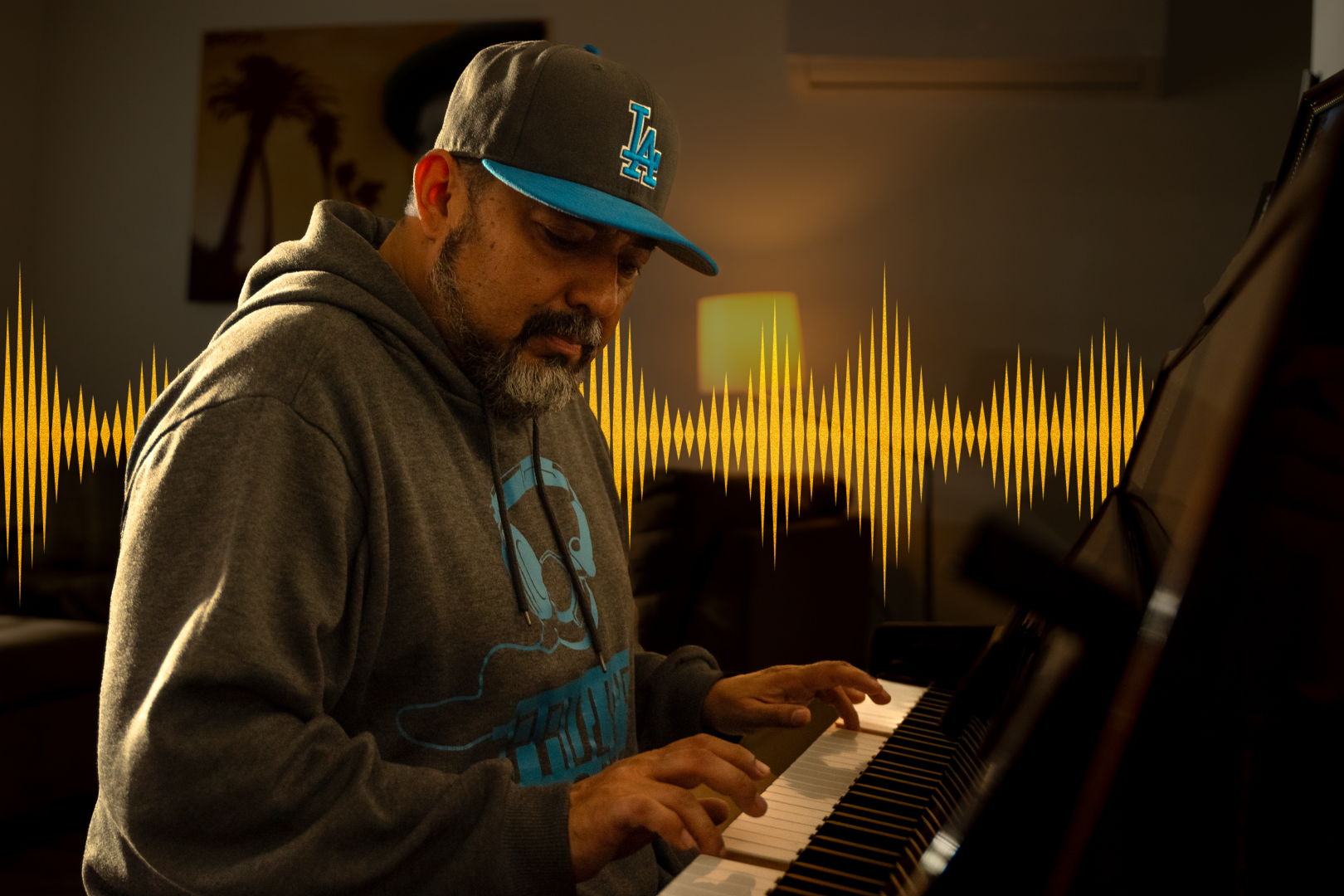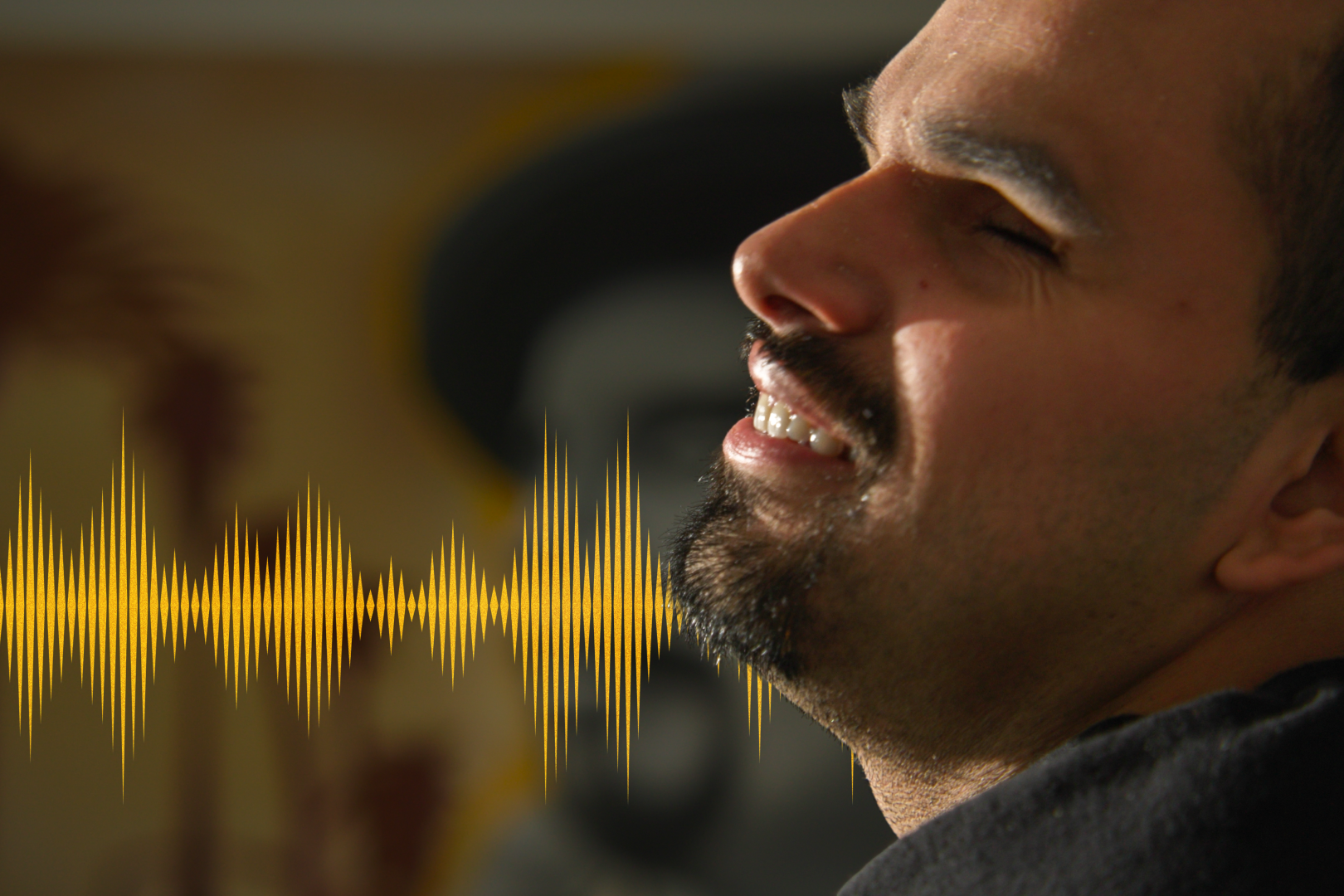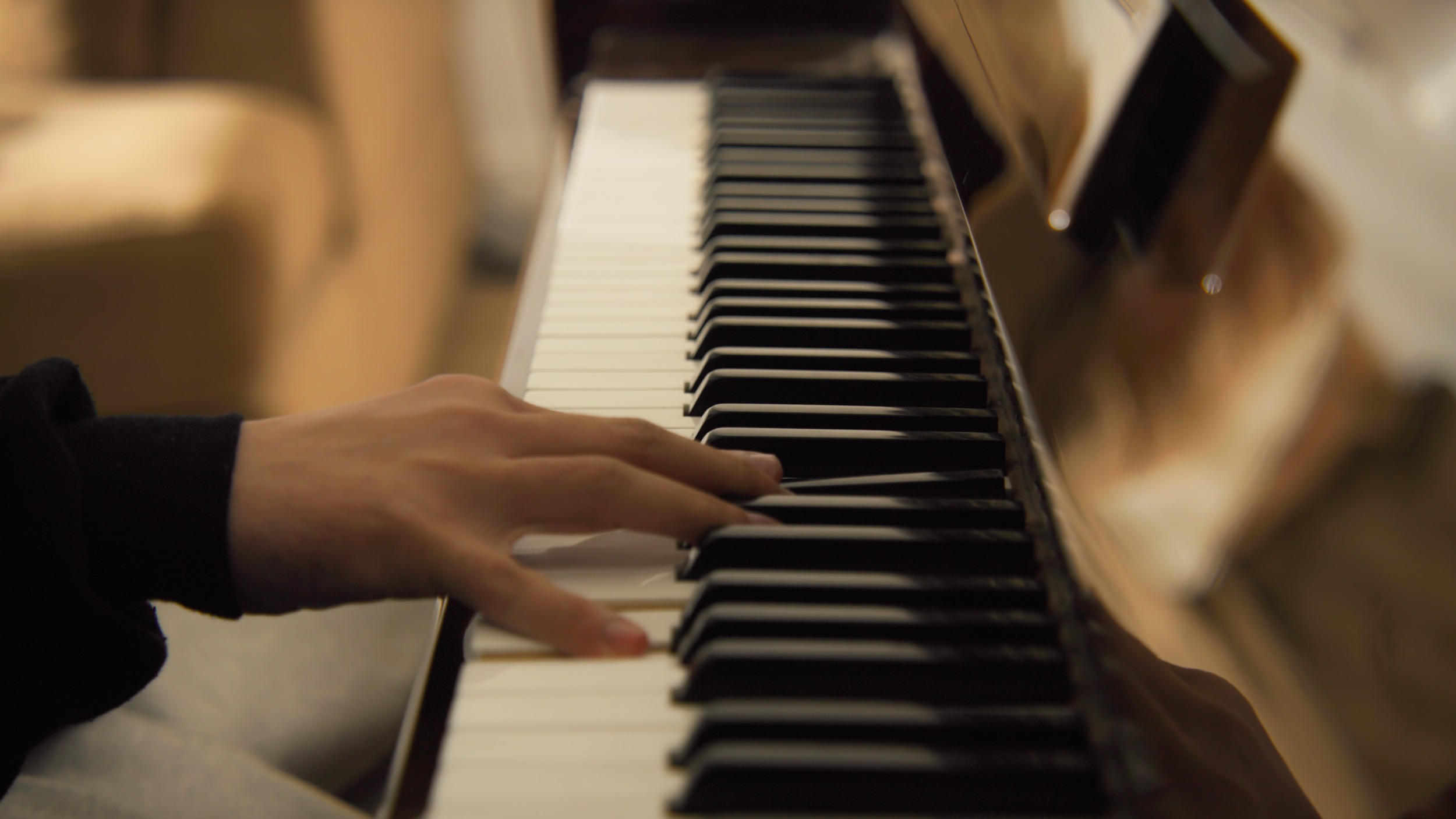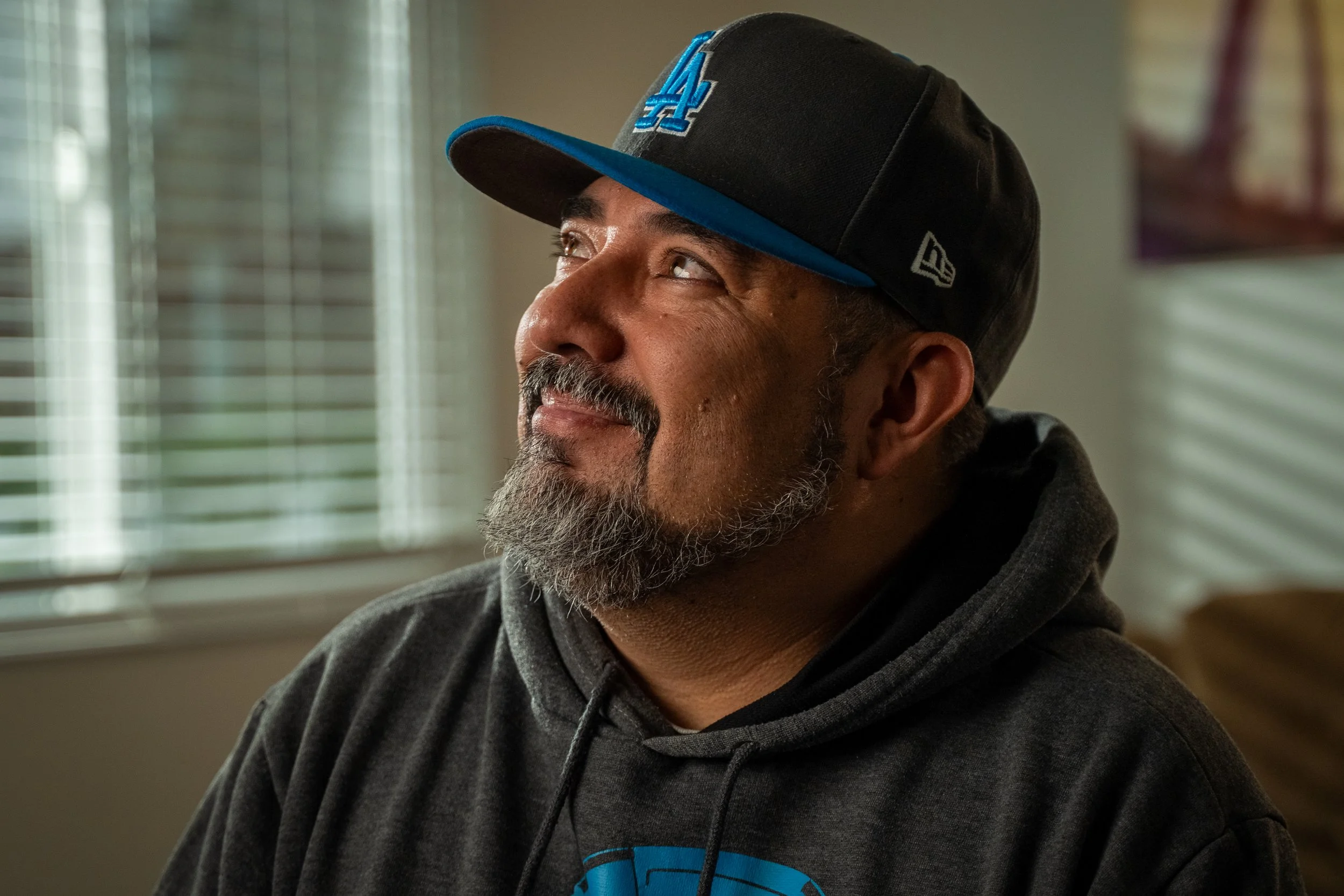

Through a shared love of music, Paul finds ways to connect with his blind, nonverbal son.
Follow our Instagram page for updates!
Jack Hillyer
Director/Producer
Ethan Nählinder
Producer
Ethan Swope
Director of Photography
In Loving Memory
Paul Avila
1976 – 2025
Director’s Statement
Around 1 in 36 children in the U.S. is diagnosed with Autism Spectrum Disorder (ASD). Many individuals on the spectrum face communication challenges, and some – like Paul Avila’s son, Pauly – are nonverbal. For autistic individuals, traditional forms of connection can sometimes fall short.
I don’t have autism myself, but disability and nontraditional forms of communication have shaped my life. As a child, I was diagnosed with learning disabilities and language-based disorders; experiencing speech delays and spending my early school years minimally verbal. Eventually, I enrolled in a specialized school that encouraged me to lean into my strengths – starting with drawing and writing as a form of expression, which eventually grew into filmmaking and music. These mediums acted as a voice for me when spoken language wasn’t enough. It gave me confidence in my voice, even if it was through unconventional means.
It was a real privilege to have access to that kind of environment – and one that isn’t always accessible. That’s why encountering Paul and his nonprofit on Facebook one day felt so significant to me. Inspired by his son Pauly, who was born blind with nonverbal autism, Paul treats music as a universal language – one that has helped him connect deeply with Pauly as well as bring the Skid Row community together through music-based events. I attended their biggest event of the year held in Gladys Park and was struck by how joyful and alive the space felt. Everyone came together because of music, and that spirit came to life again when I visited Paul and Pauly at their home. I spent the day with them, mindful of not disrupting their routine. Paul wasn’t exaggerating when he said their home is filled with music all day – it was present in everything they did. They listened to records on Pauly’s new record player, danced, sat together at the piano, and kept the radio on throughout the day. At the end of the day, Pauly reached for each of us. We took turns holding his hand, and in that silent exchange, he took us in.
Being in that space brought me back to what I learned in school: the value of nontraditional forms of communication, and the power of encouraging people to express themselves in ways that align with their strengths. I believe that in a world increasingly highlighting and embracing neurodiversity in media, experiences like Pauly’s – ones that rely on nontraditional forms of communication – are still too often underrepresented. I hope Paul and Pauly’s story can encourage greater understanding and help make space for a wider range of neurodiverse stories in media.
Stream Found Frequency
Found Frequency is now available for streaming nationwide on PBS.org and the PBS App.
Press
For press inquiries, please contact jack@jackhillyer.com






